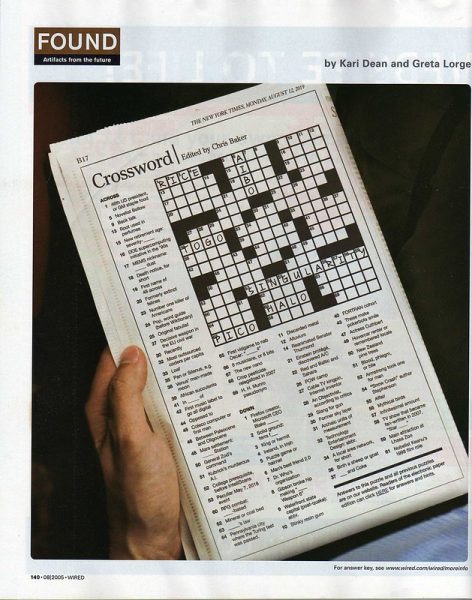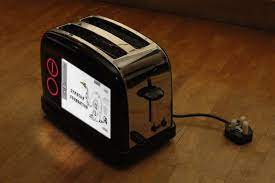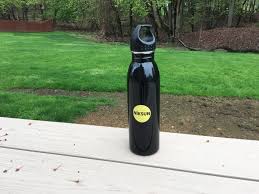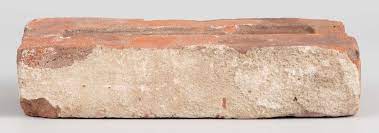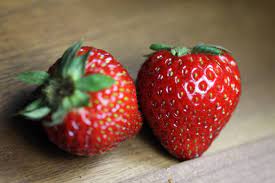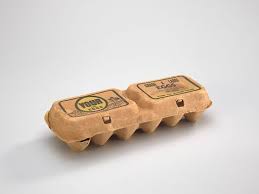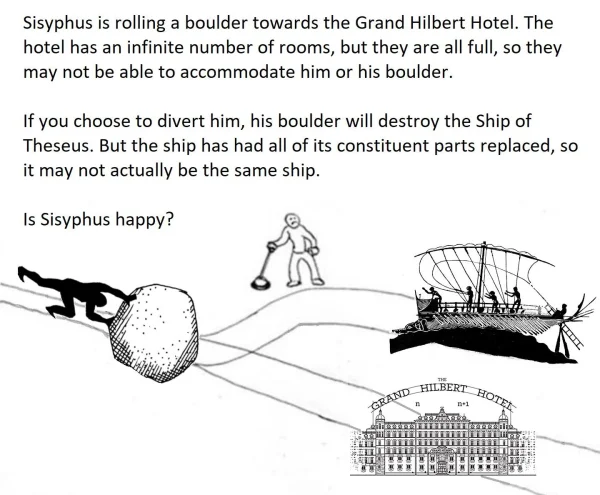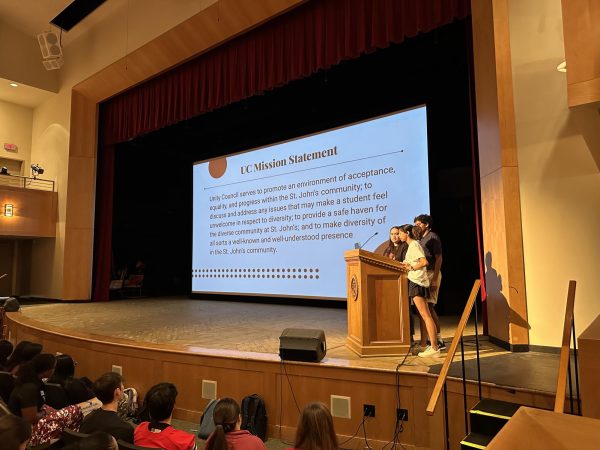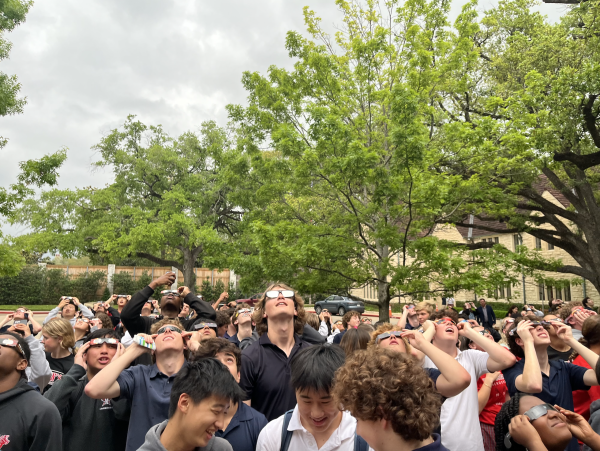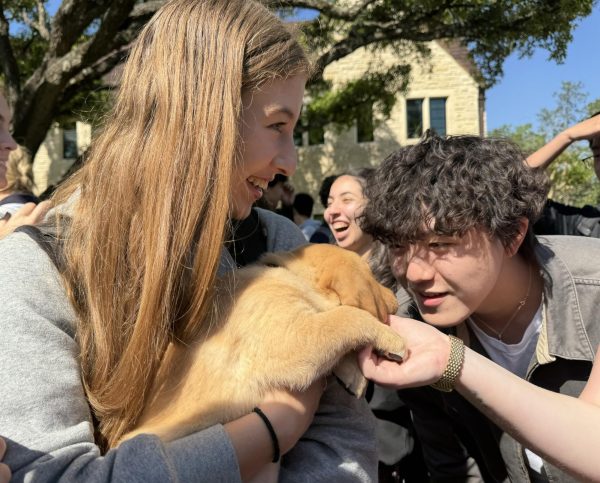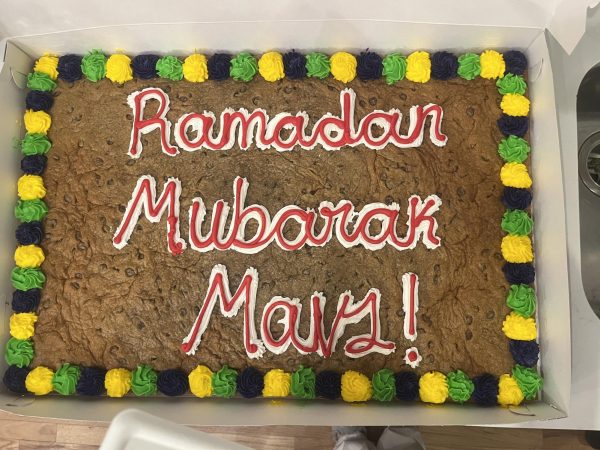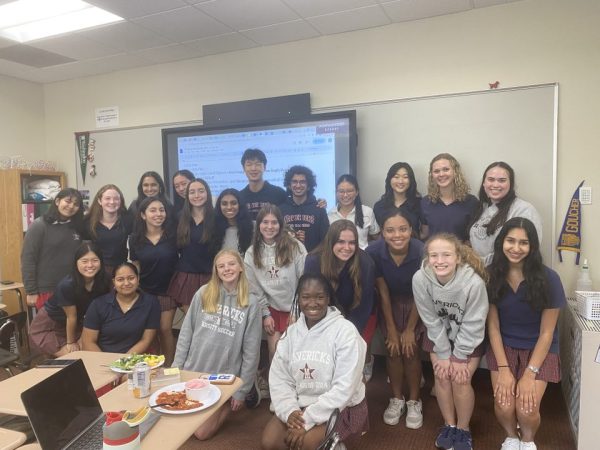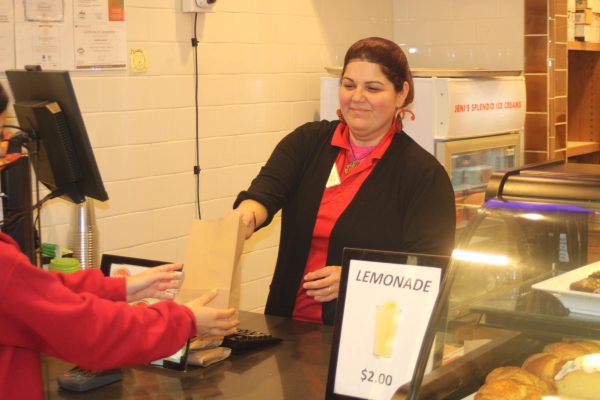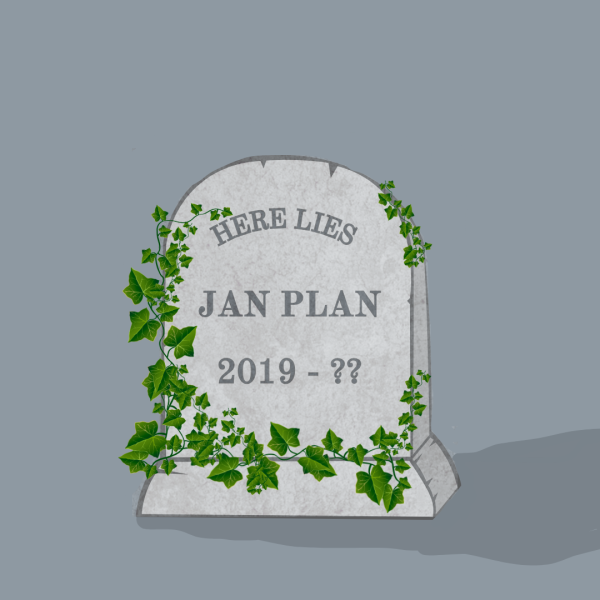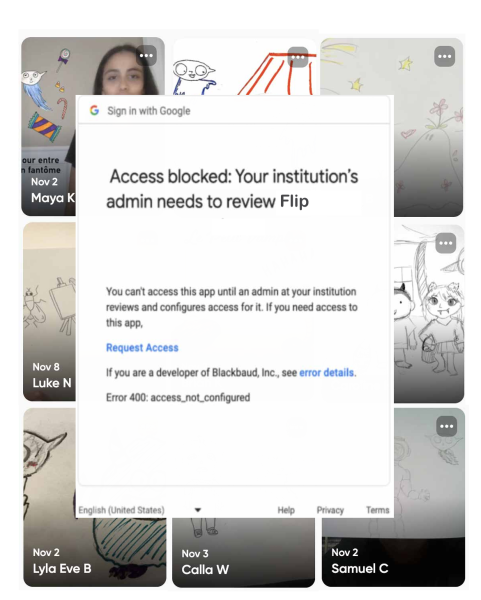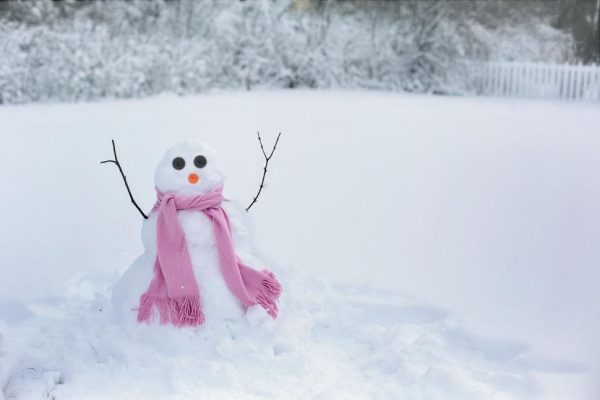Science Olympiad team exceeds expectations at first competition

Science Olympiad club founders Zachary Boroughs and Kevin Jung work with club member junior Johnny Coudsi.
November 8, 2016
Yet another St. John’s team has threatened their competitors, but this match was not waged on a field or court. With little training or experience, the Science Olympiad team ranked 20th of 45 teams at Cy Falls High School.
“We showed in the first competition that even though we’re new, we can compete,” physics teacher and club sponsor Nolan Harris said.
The Olympiad Team competed against 44 other Texas teams at their first tournament Oct. 28. St. John’s representatives performed in a diverse set of events.
Founded this year by sophomore Hanson Yu and juniors Zachary Boroughs and Kevin Jung, the Science Olympiad Club is steadily attracting members and forming a foundation for a strong team. The team attracted 13 members, primarily sophomores, at Club Fair.
“We started it at the beginning of the school year. We’ve just been trying to get a team together and figure out how it works, so later on we can be better,” Boroughs said.
Unlike many other public high schools, St. John’s has never had a competitive science team. St. John’s has offered Olympiad tests in the past, but science teachers had to encourage participation. Yu, Boroughs, and Jung started the club to create a change. Yu previously competed for Seven Lakes High School, one of Houston’s leading teams.
“I had a lot of public school peers around me, especially at Seven Lakes, who were doing this club. Having that kind of experience helped a lot,” Jung said.
Each Thursday afternoon students divide themselves into groups and practice competition problems while mentored by other science teachers. They often conclude meetings by brainstorming areas for improvement.
“We’re actually going to prepare notes and bring prebuilt advices for the next competition. Next year, in the spring semester, we’ll be fully prepared,” Yu said.
In each event, from WiFi labs to architecture challenges, participants have at least one partner. Competitors say that having a partner takes off pressure and makes the competition more enjoyable.
“A good partner is one that maintains communication and practices with you; if they made notes or prepared for the event,” Yu said.
The competition challenged its competitors in 28 total events, including experimental design and wind power testing. While some events covered basic knowledge, others pushed their limits.
“It’s fun to go in and see what you can and can’t do,” Boroughs said.



